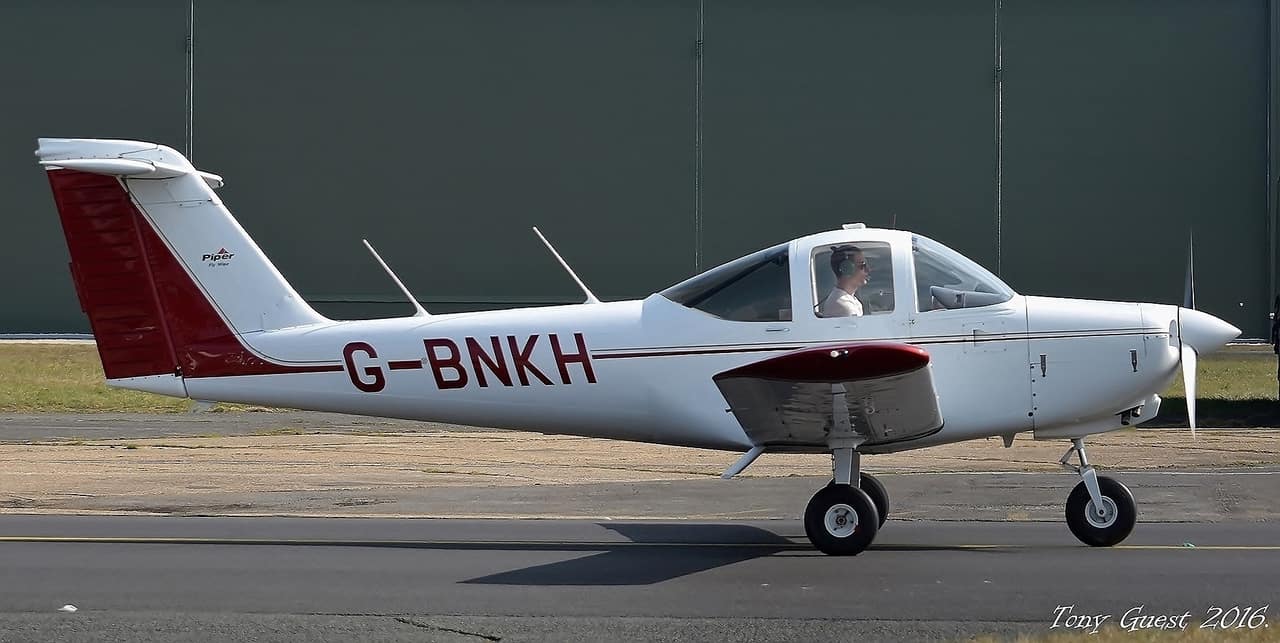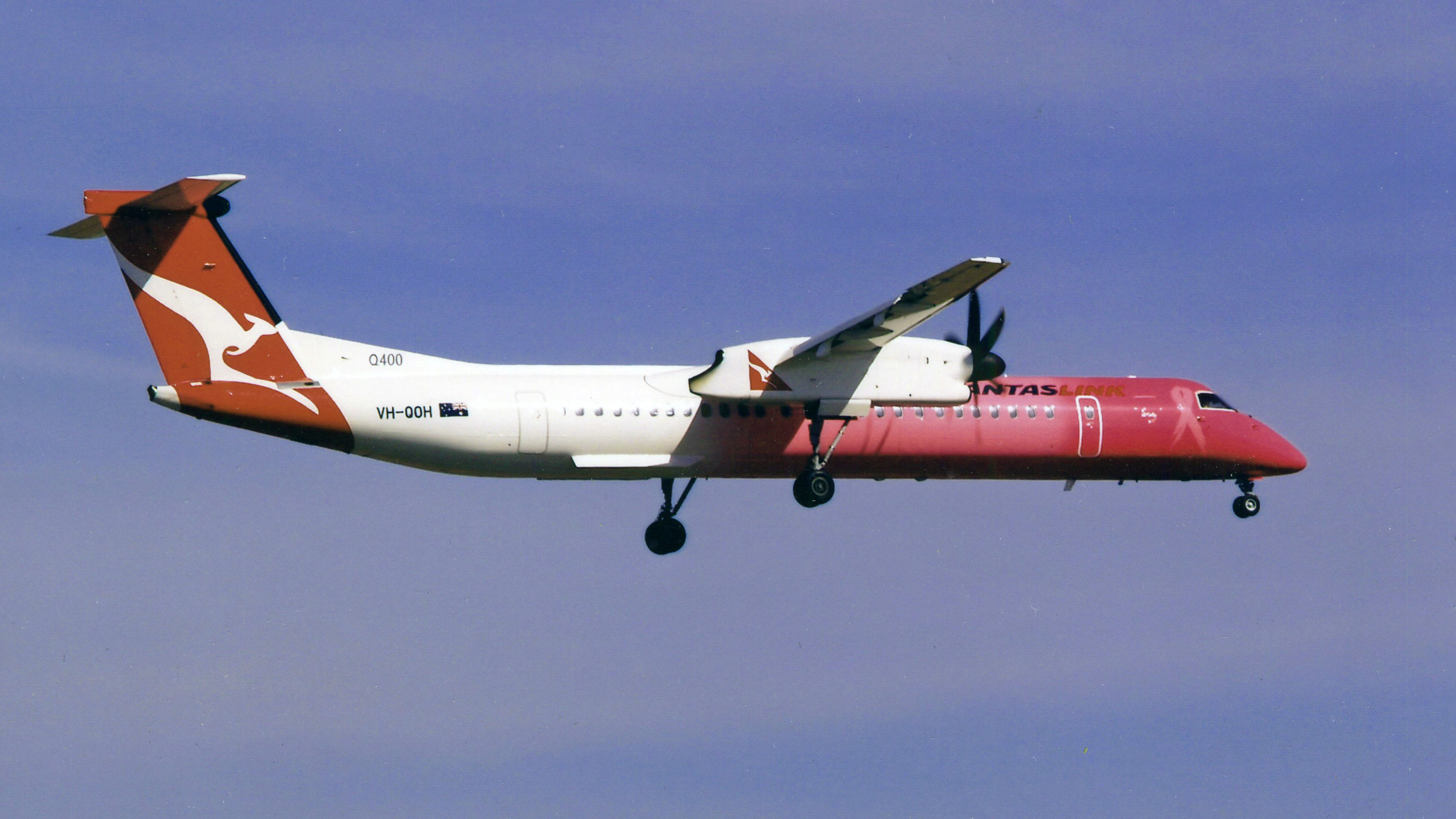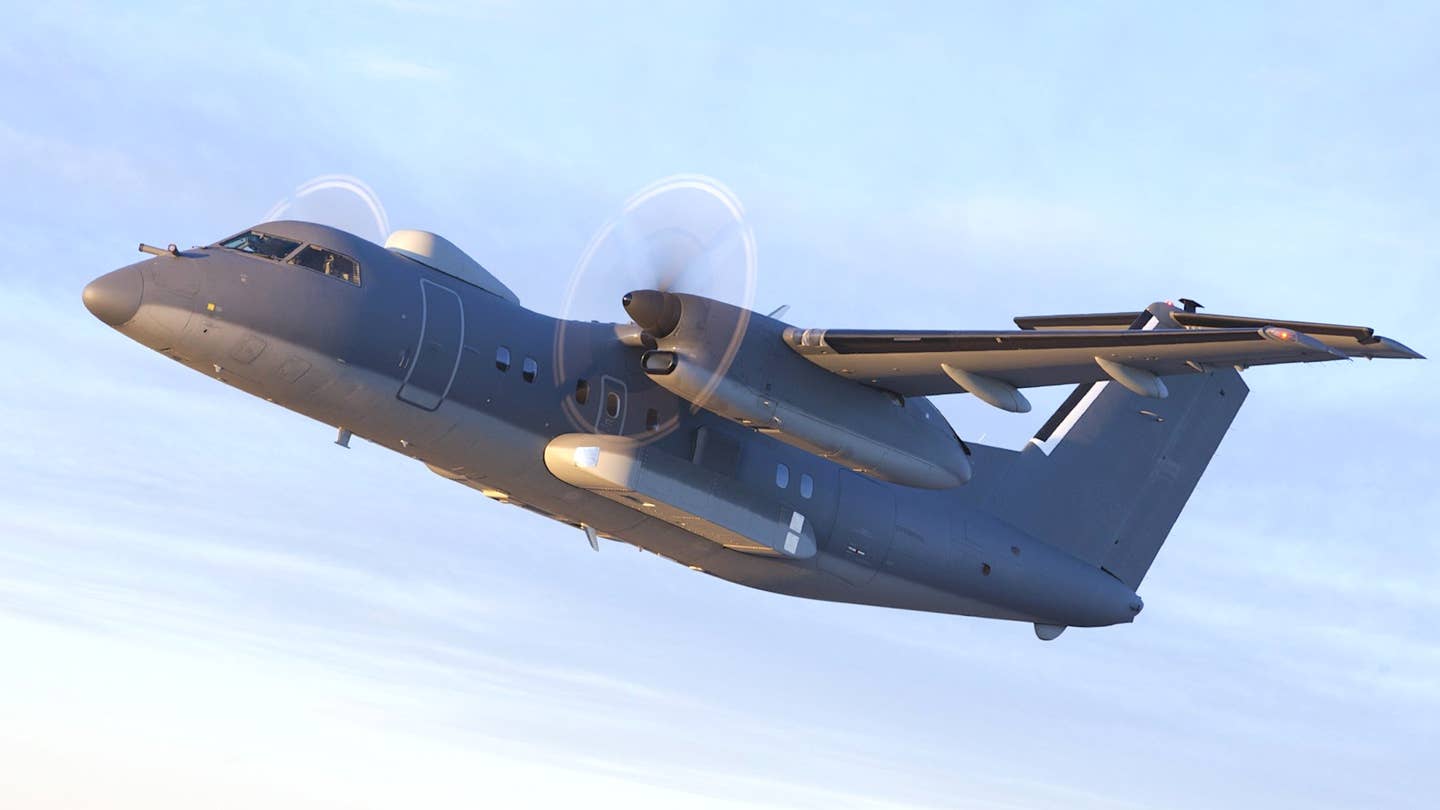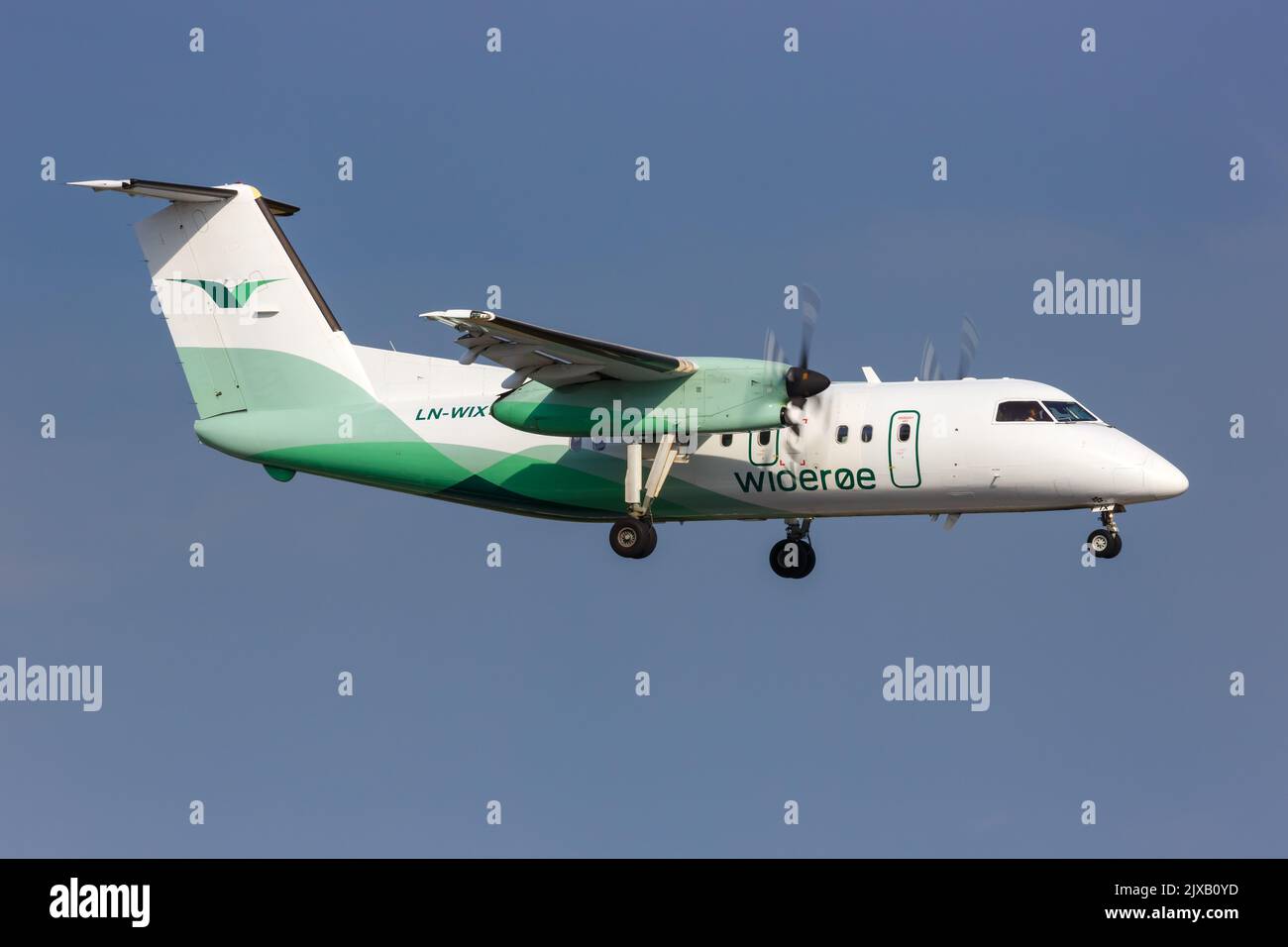Aircraft Descending - thanks for this information, i understand that the top of descend distance in this example is determined using 500ft per min rate of descend, so my questions is how did you get to 500ft ? what if my rate of descent was something esle?
When you're flying commercial, it can be tough to have any real idea where you're located in the sky or how far you have left to go. Especially on longer flights, it sometimes seems like they just go on forever.
Aircraft Descending

While some of the major airlines these days have monitors built into the seats in front of you that you can track the flight on, that's not always the case. If the airspeed is not correct then the attitude is incorrect.
How Do Pilots Know When To Start Descending?
Emphasize that the airspeed is altered by reference to attitude and that, due to inertia, once a change has been made a smaller change in the opposite direction will be required to hold the new attitude.
“Change – check – hold – trim.” Discuss minimum height requirements. For example, 500 feet AGL minimum over unpopulated areas, 1000 feet AGL minimum over built-up areas but not less than that required to glide clear of the populated area.
Stipulate any club or organization minimum safe heights. The first two items of the checklist have already been completed so now is the first time we actually have a look to see what's going on. By checking the current cabin altitude and the rate at which it is climbing, we can make an assessment of how urgent the situation is.
"Should the cabin pressurization system fail, oxygen will be provided. Pull a mask towards you and breathe normally." How many times have you heard this during the safety briefing but never really understood what it meant?
Slowly Slowly Catchy Monkey
Entry to the climb is taught as PAT, reinforcing the concept that climb performance depends on power. Since increasing power smoothly (stop the resulting yaw with rudder) will cause the nose to pitch up, power and attitude should be considered a coordinated movement, and no engine over-speed should occur.
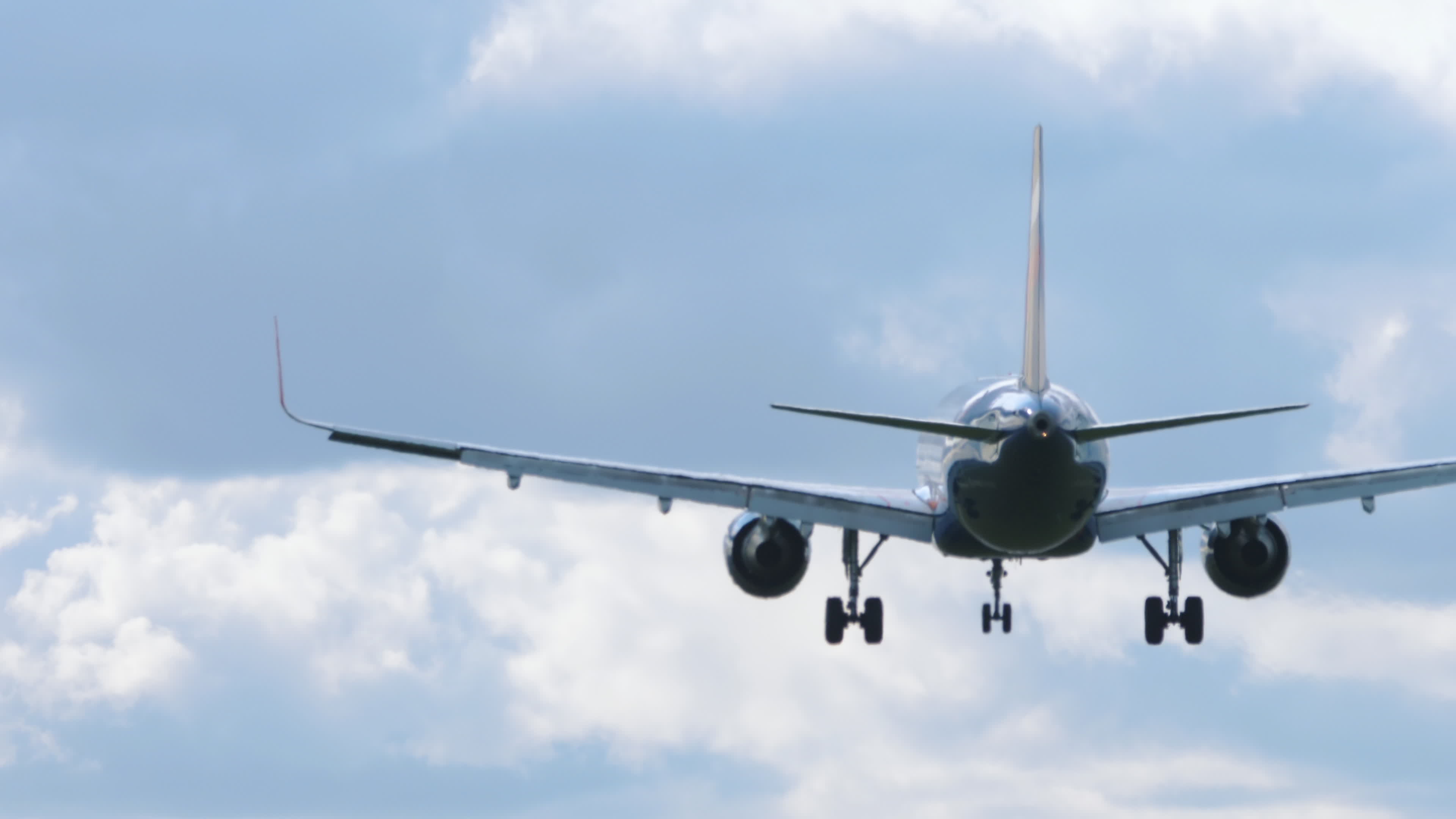
If the airspeed is not correct, then the attitude is incorrect, and performance will be affected. Emphasize that the airspeed is altered by reference to attitude, and that due to inertia once a change has been made, a smaller change in the opposite direction will be required to hold the new attitude.
These corrections are commonly stated as “change – check – hold – trim”. Notice that there is a 250 FPM difference in descent rate based on the addition of a headwind vs a tailwind. Due to the significance a headwind and tailwind can make, we calculate our descent rate each time we approach the airfield even if we make this landing frequently and know what our typical descent rate would be in calm air.
Fly: Who is flying the aircraft? Is it maintaining speed and altitude as required? Is the autopilot still on? Navigate: Are we going where we want to? Are we over any high terrain (more on this later)?
Onboard Oxygen
Communicate: Do we need to talk to anyone? Can we hear each other alright? One of the most important parts of flying an airplane and beginning the descent is how fast you're flying. Depending on the type of plane, you could be going anywhere from around 100 mph to upwards of 600 mph or more at cruising speed.
And once you hit the runway at the destination airport, you'll need to quickly bring that speed down to 0 mph (or at least whatever speed you will be taxiing at). Discuss the effects of altitude on vision with regard to empty sky myopia (short-sightedness) or focal resting lengths, reinforcing the need for a clean windscreen and systematic scan technique.
Also discuss the effect of the background on object detection. During the descent, flying the aircraft is the most important task. We don't want anything to distract us from this. In addition, when we talk to the cabin, we want to be heard clearly and reassure our passengers.
Transmitting a muffled announcement with a Darth Vader voice achieves neither of these. If you then change this ratio by increasing the drag (by extending flap or flying at an incorrect airspeed) a greater forward component of weight is required to balance the drag – steepening the flight path.

How Fast Are Planes Going During Descent?
At all times of flight, pilots are aware of their MEA (Minimum Enroute Altitude). This is the altitude down to which we can safely descend and be clear of obstacles on the ground. However, if the MEA is above 10,000 ft., we must take a different course of action.
We now know how quickly to descend based on our descent rate calculations, but how far out from the airport should we start our descent? For this, we need to do a top-of-descent calculation. Like the rate of descent calculation, top-of-descent can be found using a rule-of-thumb method.
Note that both rule-of-thumb methods below assume a 500 FPM descent rate. The normal readings for this airplane in the climb and descent should be discussed. In addition, how to prevent these readings reaching their limits in an air-cooled engine should be discussed.
For example: lowering the nose attitude to climb at a higher airspeed or, if necessary, leveling off for a short period, or during descent increasing power every 1000 feet to warm the engine oil and clear the spark plugs of carbon deposits, or the use
How To Calculate Top-Of-Descent
of a powered descent. There are plenty of masks for all passengers on board all aircraft and enough oxygen to last longer than would ever be required. That said, if you ever see a mask appear in front of you, please put your own mask on before helping anyone else.
At 43,000 ft., you have around 15 seconds before you'll be unable to put your own mask on. Put yours on first then help others if they require assistance. Once we have brought the aircraft safely down to 10,000 ft., we can take our own masks off to breathe and communicate normally.
Once again, now is a good time for another FNC and finally it's time to communicate with the cabin. When it comes to actually knowing the right time to start descending, it really depends on if you're flying under Instrument Flight Rules (IFR) or Visual Flight Rules (VFR).
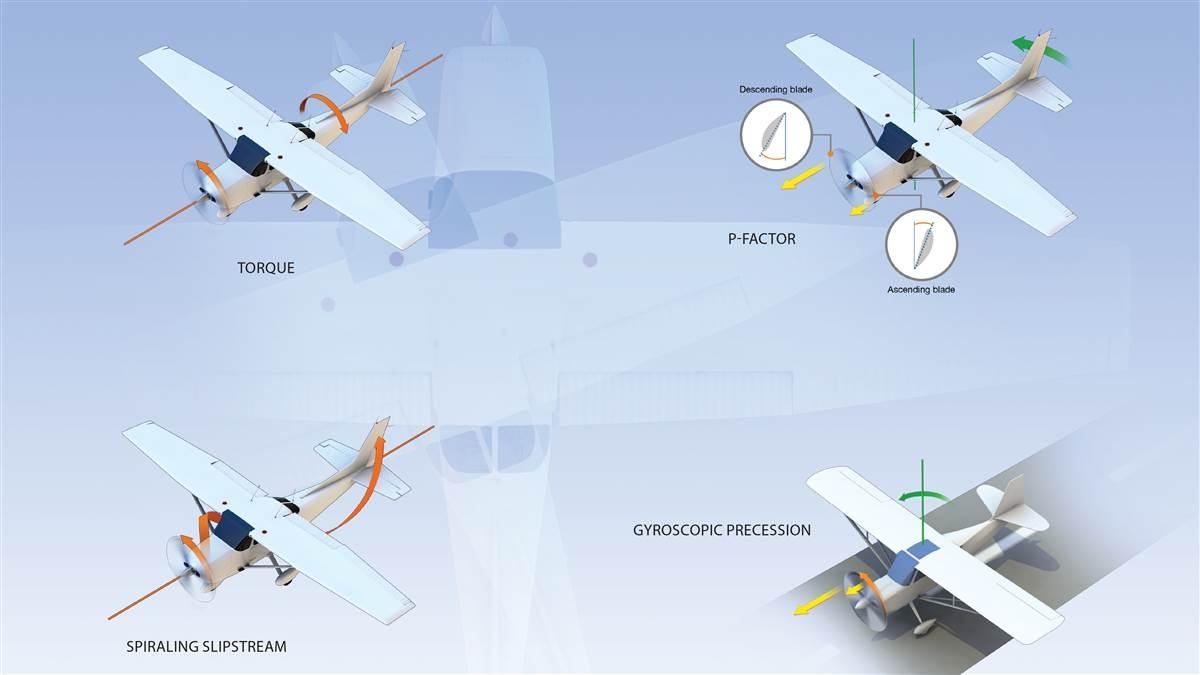
The vast majority of all commercial flights operate under IFR, under which ATC will dictate when to begin your descent based on air traffic, the conditions at the destination airport, airport traffic, and more. Under VFR, pilots of small aircraft will typically use their onboard systems to come up with a descent rate of 500 feet per minute (fpm) as they cruise into the airport.
Descent Complete
Descending at the proper speed is essential for a safe flight and a more straightforward landing. Flying too fast and you could overshoot the airport or be going too fast to make a safe landing. Too slowly and the plane could lose power and potentially even stall depending on the aircraft.
Not only does your horizontal airspeed matter, but you also want to make sure your descent rate is not too fast as mentioned above. So descending with the right speed can be a bit challenging. In normal situations, in order to maintain the desired cabin altitude, air is pumped into the cabin from the outside and is then vented back out into the atmosphere.
A number of outflow valves control just how much air is escaping, thus controlling the cabin altitude. Should more air be escaping than required, the cabin altitude will start to rise. This is what is known as a 'slow decompression' as it takes place over several minutes.
The resulting number is our approximate descent rate in feet per minute. For example, if our groundspeed is 100 knots indicated airspeed (KIAS), and we multiply it by 5, that would equate to a 500 FPM descent rate to achieve a 3-degree descent angle.
Why Is Knowing Your Rate Of Descent Important?
A consistent descent rate during landing allows IFR pilots to stay on the glideslope and VFR pilots to avoid chasing the VASI or PAPI during final. Descend too quickly, and our descent angle will be dangerously steep.
Descend too slowly, and the shallow approach may cause us to run out of runway prior to touchdown. Rate of descent calculations give us a target rate of descent that will set us up to land safely in the touchdown zone.
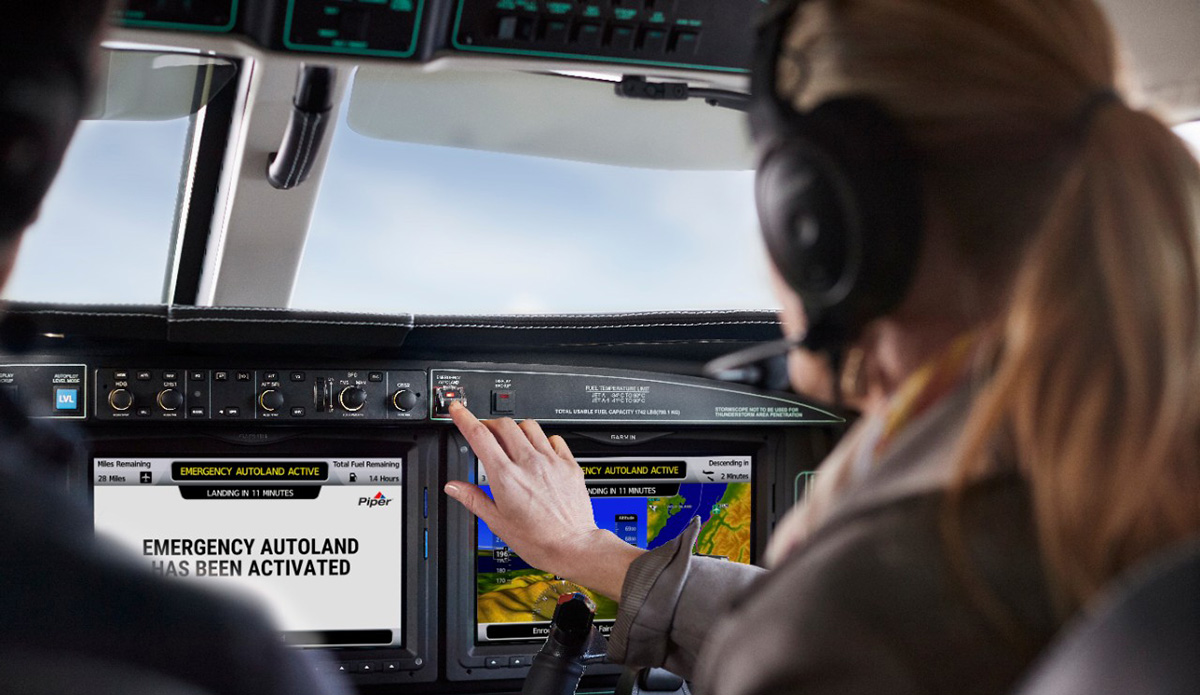
This may sound dramatic, but I'd be willing to bet that you've actually experienced a 4,000 ft./min. descent before without actually realizing it. Every so often, ATC leaves us high on our desired descent profile to land.
In order to lose the excess altitude and get back onto the profile, we use the speed brakes to increase our rate of descent — a rapid descent. In most cases, once the plane is about 20-30 minutes away from its destination (which of course will include the time it takes to descend — more on that shortly), ATC will come over the radio and give the pilot the go-ahead
You've Probably Experienced This Before
to begin their descent into the airport. Experienced pilots will be able to tell when they're getting to a point that they would need to start descending shortly or else the rate of descent could be too fast, and they'll radio to ATC and ask.
My colleague, Katherine Fan, explained beautifully why the use of words such as 'plunge' and 'plummet' by the mainstream media are neither accurate nor helpful in these situations. The aircraft performed what is known as a 'rapid descent' and you may be surprised to know that you probably have already experienced something similar before.
Fly: What altitude do we want to descend to? Ideally, we'd like to descend to 10,000 ft. Here, with a total decompression of the aircraft, the air is safe to breathe for both passengers and pilots so we can all take our oxygen masks off.
We use the autopilot control panel to instruct the aircraft to start the descent down to 10,000 ft. Knowing when to start the descent is a crucial part of flying an airplane so that you don't end up descending too quickly.
Escape Routes
Too fast of a descent rate can cause potential pressure changes in the cabin, it can scare passengers, and Air Traffic Control (ATC) might think you have an emergency. So it's important that, as a pilot, you start the descent at the proper time, speed, and altitude to have a slow and steady descent.

The met minima requirements for VFR flight outside controlled airspace, below 3000 feet AMSL or within 1000 feet of the ground should be revised – refer to the NZ Airspace poster and VFR Met Minima card.
On the way back to the aerodrome, demonstrate the cruise descent, including the selection of power and rate of descent appropriate for the conditions. Remind the student that there will be time to practice this on every flight.
With the power reduction, the nose will want to pitch down. With elevator, hold the level attitude until the nominated descent airspeed is almost reached (allowing for inertia), and then select and hold the attitude for the nominated descent.
Our Commitment To Transparency
Maintain wings level with aileron, and balance with rudder. Once ATC gives the go-ahead to begin the descent, whether that's on their own accord or following the pilot's question, the pilot can begin descending towards the airport.
To begin slowing the plane, the pilot can reduce power, raise the flaps, lower the landing gear, or any other combination of things that will either increase drag or reduce thrust. Both of these will cause the plane to slow down and allow the pilot to safely approach the runway.
The wing on the 787 is so efficient that it just wants to fly. This is great in most situations, but not great if we need to get down fairly quickly. In order to increase the descent rate, we use the speed brakes.
These are big panels on the top of the wing which increase the drag and enable us to descend at a faster rate. Depending on what the problem is, we may not be able to stop the cabin altitude from climbing.
How Do Headwinds And Tailwinds Impact Descent Rates?
If this is the case, we can deploy the masks in the cabin before we start the next stage of the procedure. The PASS OXYGEN button is a guarded switch, with a plastic cover over it.
This is to ensure that both pilots confirm the correct switch before activating the system.
when do planes start descending, airplane lands on road, how do planes descend, ear pain on airplane descent, 3 to 1 descent rule, 60 to 1 rule, angle of descent, descent planning
